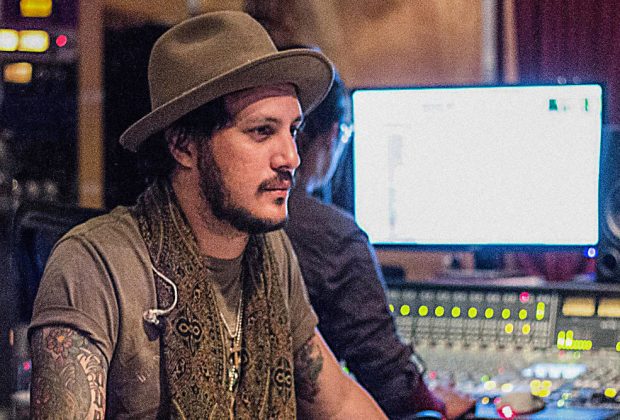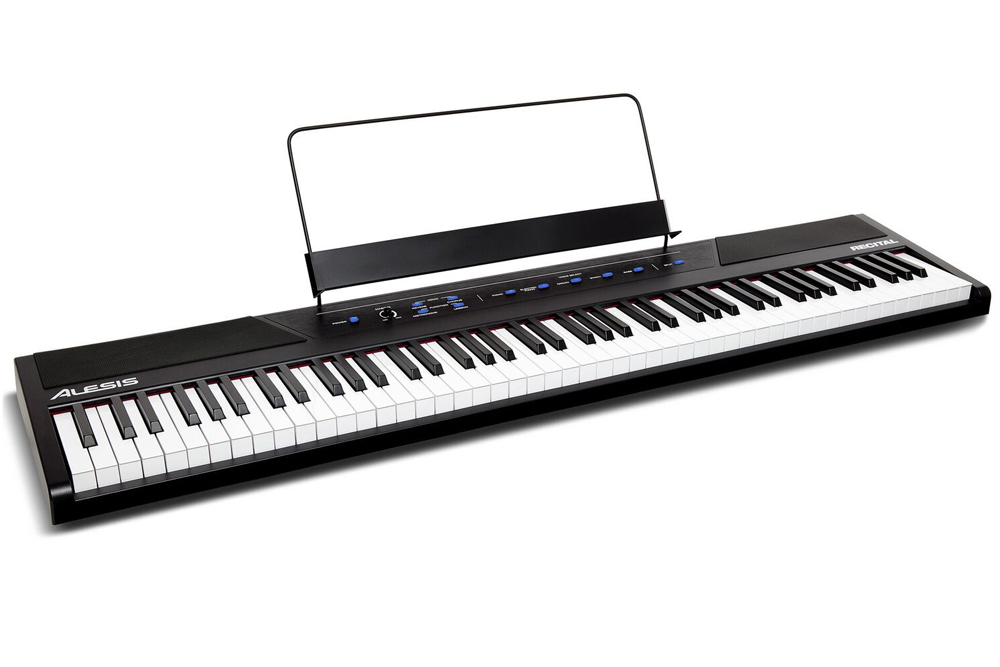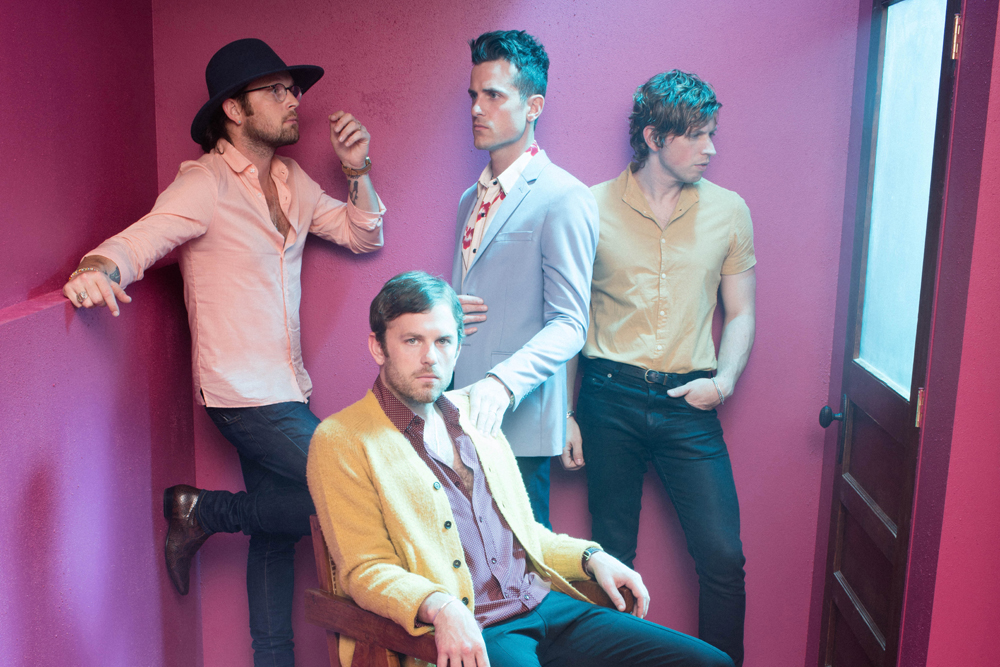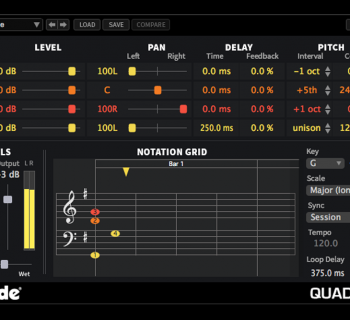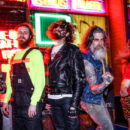As a musician recording in his early 20’s, Los Angeles native Eric Lilavois discovered his passion for engineering. He pursued it doggedly and for a time ran Crown City Studios in nearby Pasadena. In 2013, he became a partner at storied London Bridge Studio in Seattle, WA, where Pearl Jam laid down Ten, Alice in Chains molded Jar of Flies and, more recently, where Queensrÿche recorded Queensrÿche.
Lilavois is now a producer, engineer and mixer and has worked with bands including My Chemical Romance, Atlas Genius (Warner) and Island Apollo, an Orange County, CA band that he nurtures. He also develops artists for and with several major labels and produces cues for TV and film.
Becoming a partner in a major working studio isn’t a goal that is realized quickly. For Lilavois, the courtship began in 2005. “I came to London Bridge as an artist,” he recalls. “Jonathan Plum and Geoff Ott just bought it from [original owners] Rick and Raj Parashar. I was their very first client. I kept in close touch with Geoff and started to bring my productions up here. Around 2012 we realized that we needed to combine efforts.”
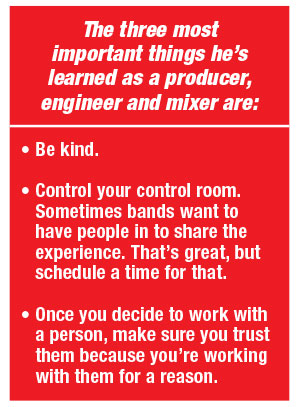 In the early stages of working with artists, Eric Lilavois gets to know their goals and preferred work methods. “The first day or two we don’t pick up instruments,” he explains. “We figure out what we’re looking to do. Planning and thinking about our approach. Often I’ll get demos in advance and we’ll sit and talk about them––potential changes and so forth. Then we’ll get in the rehearsal studio. I spend anywhere between two days and two weeks with a band. Everyone’s time is expensive and the more prep we can do, the more we can come in confident knowing we’re here to have fun.
In the early stages of working with artists, Eric Lilavois gets to know their goals and preferred work methods. “The first day or two we don’t pick up instruments,” he explains. “We figure out what we’re looking to do. Planning and thinking about our approach. Often I’ll get demos in advance and we’ll sit and talk about them––potential changes and so forth. Then we’ll get in the rehearsal studio. I spend anywhere between two days and two weeks with a band. Everyone’s time is expensive and the more prep we can do, the more we can come in confident knowing we’re here to have fun.
“Pre-production is huge,” he continues. “Getting to the artist’s core and starting with knowing what that is, that’s why we’re creating music. Once that’s understood, it makes everything easier because you can relate back to the core. As the producer I help artists be the best version of themselves.”
Working with a range of gear, clear favorites emerge. “The Soundelux 251 gets used on a lot of stuff,” he observes. “[And] I don’t think I’ve ever had a session that didn’t have an SM57 [Shure] on it. You’d be surprised what you can get out of them. We’ve expanded our mic collection here, and it’s given me room to experiment. Other favorites are the Wunder Audio CM67 and my vintage Neumann KM 56.” The studio still uses mics that were deployed in historic sessions with Seattle powerhouses Alice in Chains and Pearl Jam. The 1974 Neve 8048 console that’s been in place since London Bridge opened in 1985 remains the studio centerpiece.
Like any producer, Lilavois has faced challenges. Surprisingly, his biggest has been his own history. “I was worried my music would influence artists’ decisions to work with me,” he admits. “I was afraid of being pigeonholed. My intention is not to put my stamp on [artists’ music]. About 18 months ago I had a breakthrough and started to release more of my own music. There was enough distance between the stuff I used to do and now having a substantial production career. It was interesting to see how many artists migrated to wanting a producer who’s also an artist. It had the opposite effect to what I feared. Getting over that was big for me.”
Currently Eric Lilavois is completing work with Island Apollo and Seattle artist Gabriel Wolfchild. Soon he’ll record with L.A. bliss-rock outfit Givers & Takers and Afro-folk singer/songwriter Naomi Wachira. London Bridge continues to be a prolific studio and artists still make it their first choice.
Photo by Alan Krespan
For more information, visit ericlilavois.com

